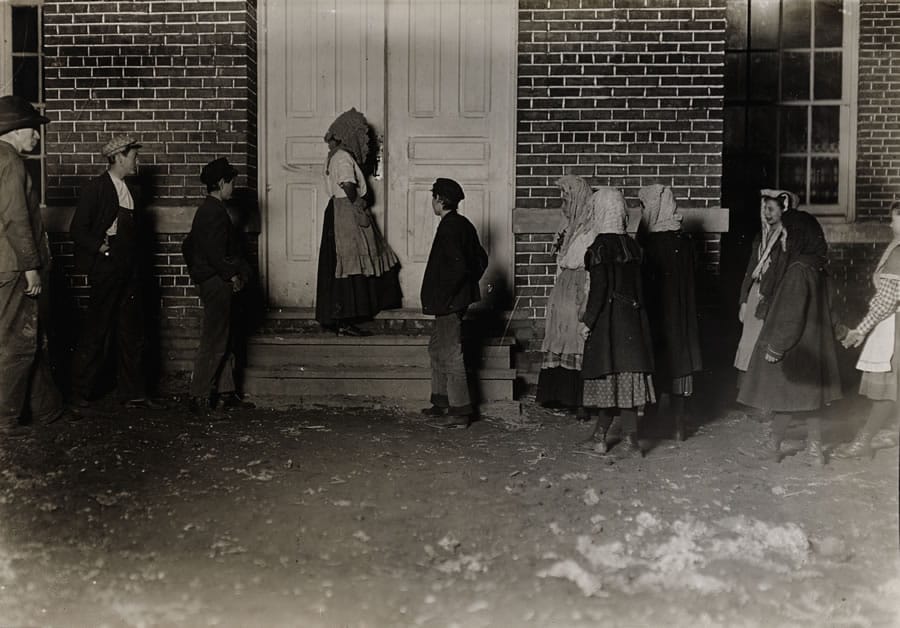
The historical context of the delivery of child welfare services in Canada essay
To better understand the nature of the delivery of child welfare services in Canada, it is necessary to refer to its historical context. According to Chris Walmsley (2005), “aboriginal families and communities first encountered the coercive power of the Canadian state when the Indian Act was passed in 1876” (p. 8). In fact, the Indian Act was the key federal statute that dealt with Indian status in Canadian society, determined the role of local government and the management issues of reserve land and communal monies. The Indian Act represented a series of policies specially developed to turn aboriginal people into official Canadian citizens. Besides, the Indian Act consolidated previous legislation and completely changed the legal position of aboriginal people in Canada. Informally, residential schools served as a tool to educate aboriginal people and provide other child welfare services. In 1879, there were two types of schools for aboriginal children: “boarding schools, built close to reserve communities, and centrally located industrial schools” (Walmsley, 2005, p. 9). Actually, the residential school system was established by the dominant society in order to perpetuate the needs and plans of the colonizer. As a result, the creation of the child welfare system led to the adoption of a variety of laws by courts and to the execution by agencies without input from the aboriginal people. According to the statistics, “in 1948, 60% of the Indian school population attended federal schools, but by 1969, 60% were enrolled in provincial schools” (Walmsley, 2005, p. 11).
In 1969, the Canadian government developed special programs for Indians. The Government believed that “Indian people must not be shut out of Canadian life and must share equally in these opportunities” (Government of Canada, 1969). To achieve the established goals, the Government placed emphasis on new policy that allowed the Indian people have the right to full and equal participation in the cultural, social, economic and political life of the country.
In fact, there are many examples in the history of Canada that prove the fact that a Canadian social service system had not supported the interests of native people and required reevaluation of the child welfare system and the relationships between the natives and their communities. According to McKenzie and Hudson (1985), “the child welfare system’s objective of providing secure and stable for children is not being fulfilled for native children”(p.126). For example, for many aboriginal people in Canada, contact with the established child welfare system could lead to the legalized separation of children from their families in order to place them into special “Christian residential schools, in white foster homes, and with non-aboriginal adaptive parents” (Walmsley, 2005, p. 14). Although this activity was justified, and the government believed that the children’s interests were protected, it caused negative psychological impact on children.
Nevertheless, the position of the aboriginal people was improved in 1992, when the Aboriginal Committee made some changes in the legislation on child welfare service system and solved the issue of cultural genocide. It reported: “the government’s goal in creating residential schools was to separate our people from our culture and to instill European cultural values in us” (qtd. in Walmsley, 2005, p. 16).

